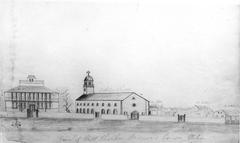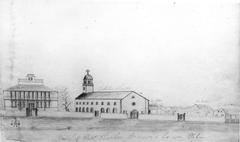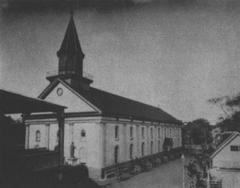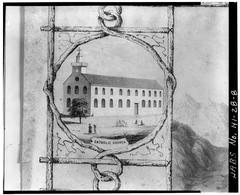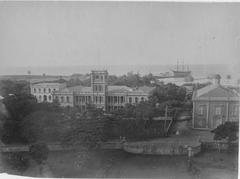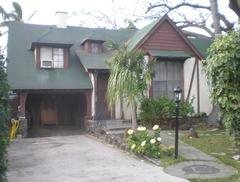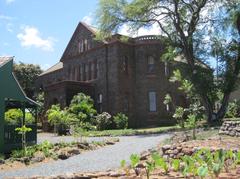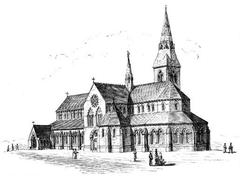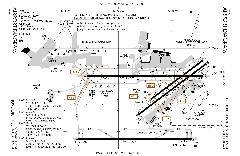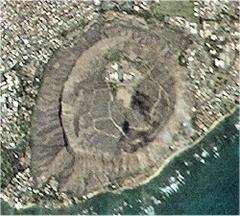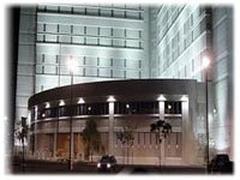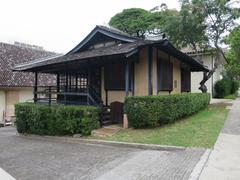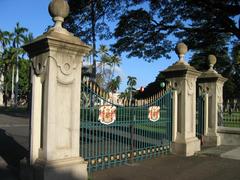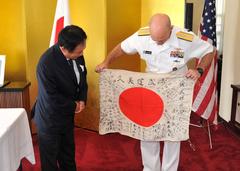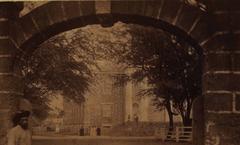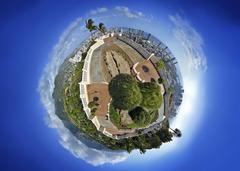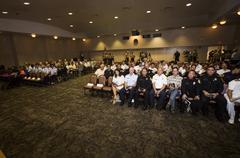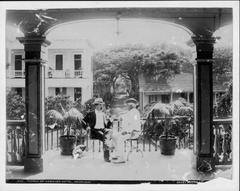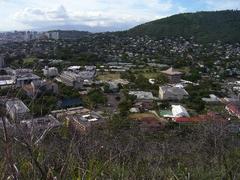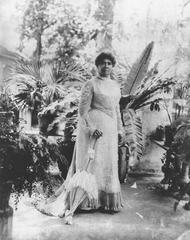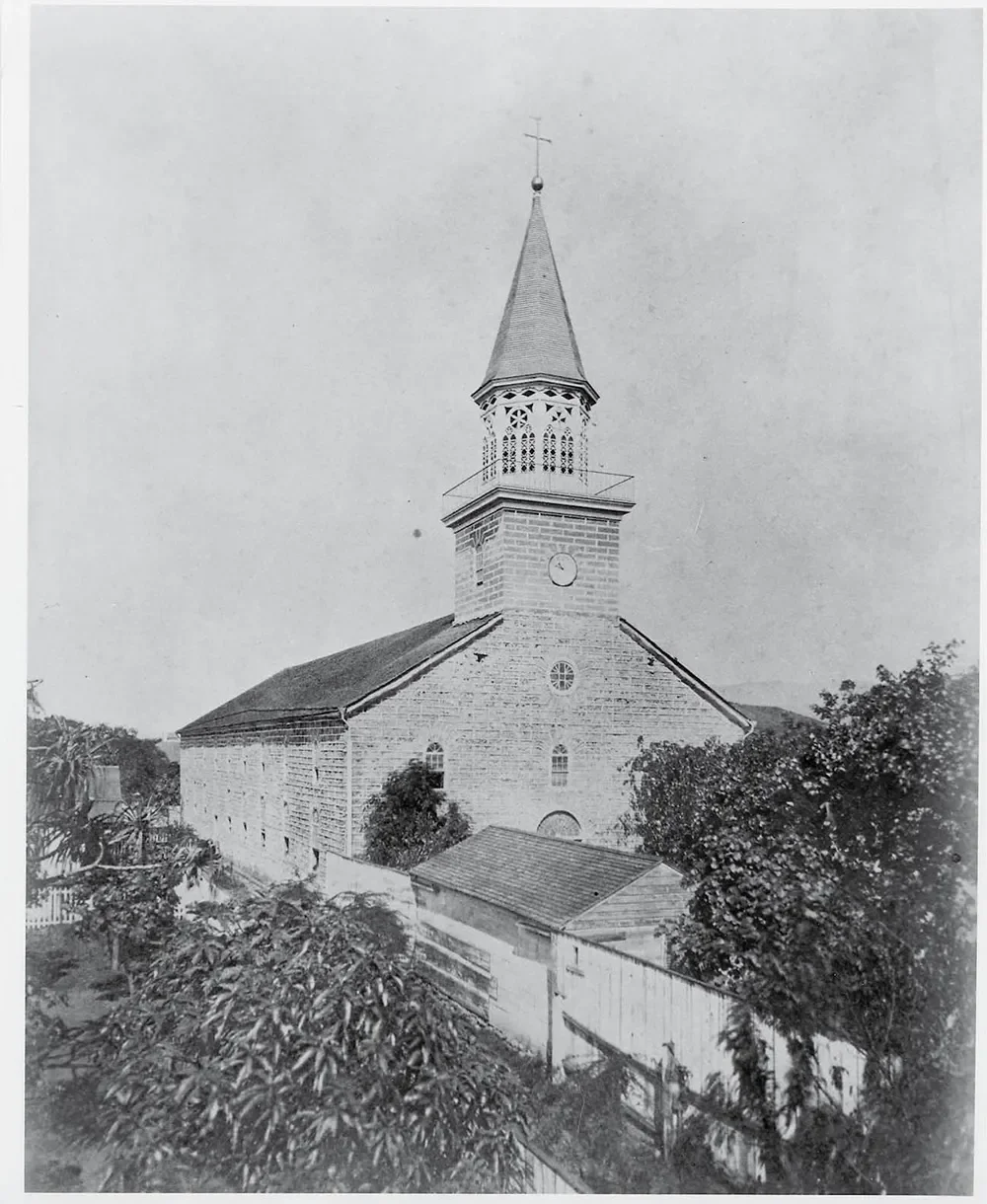
Cathedral Basilica Of Our Lady Of Peace
Cathedral Basilica of Our Lady of Peace Visiting Hours, Tickets, and Travel Guide – Honolulu
Date: 14/06/2025
Introduction
Nestled in the heart of downtown Honolulu, the Cathedral Basilica of Our Lady of Peace is a testament to Hawaii’s rich religious heritage, cultural diversity, and architectural distinction. Established in 1843, it is recognized as the oldest Catholic cathedral in continuous use in the United States and the oldest building in downtown Honolulu. Serving as the mother church of the Diocese of Honolulu, the cathedral has played a central role in fostering religious tolerance and multicultural integration in the islands. Its blend of European ecclesiastical design and native Hawaiian materials—especially its coral stone construction—physically and symbolically roots the cathedral within the local landscape.
Dedicated to Our Lady of Peace, the cathedral reflects the deep spiritual connection brought by Catholic missionaries from the Congregation of the Sacred Hearts of Jesus and Mary, who arrived in 1827. The site also honors saints pivotal to Hawaiian history, such as St. Damien de Veuster and St. Marianne Cope, whose ministries to Hansen’s disease patients on Molokai are commemorated within the cathedral. Beyond its religious significance, the cathedral serves as a vibrant cultural hub, hosting liturgical celebrations, community events, and acting as a pilgrimage destination.
While the cathedral is temporarily closed for renovations as of 2025, comprehensive visitor information—including hours, admission, and tour opportunities—can be found on the Cathedral Basilica of Our Lady of Peace official website. For further details and visitor perspectives, explore Pilgrim Info and the Catholic Travel Guide.
Table of Contents
- Introduction
- Historical Overview
- Patronage and Dedication
- Saints and Sacred Relics
- Multicultural Heritage and Community
- Architectural Symbolism and Sacred Art
- Social and Civic Significance
- Preservation and Living Heritage
- Visitor Information
- Mass Schedule and Sacraments
- Visitor Guidelines and Etiquette
- Special Events and Liturgical Celebrations
- Facilities and Amenities
- Travel Tips
- Safety and Security
- Accessibility and Inclusivity
- COVID-19 and Health Protocols
- FAQ
- Visual and Interactive Resources
- Related Articles
- Conclusion
- References
Historical Overview
Origins and Founding
The cathedral’s roots stretch back to 1827, when Catholic missionaries from the Congregation of the Sacred Hearts of Jesus and Mary (Picpus Fathers) arrived in Honolulu. Facing initial resistance and persecution, the Catholic community grew after King Kamehameha III issued the Edict of Toleration in 1839, allowing open practice of the faith. On August 6, 1840, the cornerstone of the cathedral was laid, and the church was dedicated to Our Lady of Peace on August 15, 1843 (honolulucathedral.org).
Architectural Evolution
Built with coral blocks quarried from local reefs, the cathedral uniquely blends European design with Hawaiian materials. It has undergone several renovations—most notably the addition of the bell tower in 1917 and installation of the island’s oldest pipe organ in 1934. Ongoing restoration efforts (as of 2025) include structural repairs and a new Reliquary Chapel to house relics of Saints Damien and Marianne Cope (Hawaii Catholic Herald).
Cultural and Religious Significance
As the spiritual center of the Diocese of Honolulu, the cathedral celebrates Hawaii’s Catholic legacy, especially its connection to St. Damien de Veuster and St. Marianne Cope. It serves as a pilgrimage site and the setting for key community events, including baptisms, weddings, and cultural festivities.
Patronage and Dedication: Our Lady of Peace
The cathedral is dedicated to the Blessed Virgin Mary under the title “Our Lady of Peace,” a devotion introduced by the first Catholic missionaries (Pilgrim Info). Its courtyard features a replica of a 500-year-old French statue, blessed in 1893, with inscriptions in Hawaiian, English, French, and Portuguese, reflecting Honolulu’s multicultural legacy.
Saints and Sacred Relics
Saints Damien de Veuster and Marianne Cope are closely tied to the cathedral. Saint Damien was ordained here in 1864 and is renowned for his care of Hansen’s disease patients on Molokai (Catholic Travel Guide). Saint Marianne continued his mission and is entombed within the cathedral. Plans for a new chapel to honor these saints are underway (Catholic Shrine Basilica).
Multicultural Heritage and Community
From its beginnings, the cathedral has reflected Hawaii’s diverse cultural landscape, welcoming French missionaries, Portuguese immigrants, and native Hawaiians. Its multilingual liturgies, artwork, and inscriptions continue this tradition, celebrating Hawaii’s cultural mosaic (Pilgrim Info).
Architectural Symbolism and Sacred Art
The cathedral’s architecture incorporates Gothic and Romanesque Revival elements, constructed from locally sourced coral blocks (Catholic Shrine Basilica). The 1917 bell tower and 1934 pipe organ are among the oldest on the island (Honolulu Cathedral Heritage). Stained glass windows, murals of Hawaiian saints, and the statue of Our Lady of Peace are focal points, blending Catholic iconography with local heritage.
Social and Civic Significance
The cathedral has hosted significant civic events, including the 1932 Requiem Mass for Joseph Kahahawai (Wikipedia). It is a visible symbol of faith, resilience, and community engagement in downtown Honolulu.
Preservation and Living Heritage
Listed on the Hawaii Register and National Register of Historic Places since 1972 (Wikipedia), the cathedral is undergoing careful restoration to preserve its historic and spiritual legacy (Honolulu Cathedral Heritage).
Visitor Information
Visiting Hours
- Current Status: Temporarily closed for renovations as of April 2025 (closure expected for approximately one year).
- Typical Hours: Monday–Saturday: 7:00 a.m. – 5:00 p.m.; Sunday: Open for Mass times.
- Updates: Check the official website for reopening details.
Tickets and Admission
- Admission: Free. Donations are encouraged to support preservation and programming.
Guided Tours and Travel Tips
- Guided Tours: Available by advance arrangement. Contact the cathedral office for group or educational tours (Cathedral Contact).
- Travel Tips: Use public transit or arrive early for parking. Combine your visit with nearby sites like Iolani Palace and the Hawaii State Capitol.
Accessibility
- The cathedral is wheelchair accessible, with ramps, accessible restrooms, and seating.
Photography
- Non-flash photography is allowed for personal use, except during liturgical services. Tripods and commercial shoots require prior permission.
Mass Schedule and Sacraments
Due to renovations, Masses and sacraments are temporarily held off-site:
- Sunday Masses (at 1728 Nuuanu Avenue):
Saturday Vigil: 5:00 p.m.; Sunday: 8:00 a.m., 10:00 a.m., 12:00 p.m., 5:00 p.m. - Weekday Masses (at 1155 Fort Street Mall):
Monday–Friday: 6:30 a.m. & 12:00 p.m.; Saturday: 7:00 a.m. & 12:00 p.m. - Confessions: By appointment or Saturdays at 4:00 p.m. (1728 Nuuanu Avenue)
- Updates: Mass Schedule
Visitor Guidelines and Etiquette
- Dress Code: Modest attire required; cover shoulders and remove hats in sanctuary.
- Silence: Maintain quiet, especially during services.
- Respect: Follow posted guidelines and be mindful of those at prayer.
Special Events and Liturgical Celebrations
Key events include:
- Feast of Our Lady of Peace: July 9
- Dedication Anniversary: August 16
- Other Events: Ordinations, sacred music concerts, and cultural gatherings
- Events Calendar: Cathedral Events
Facilities and Amenities
- Restrooms and accessible facilities on-site
- Gift shop with religious articles and souvenirs (hours may vary)
- Ample seating; arrive early for major events
Travel Tips
- Visit outside Mass times for quiet reflection and photography
- Use public transit for convenience
- Combine your visit with other historic sites in downtown Honolulu
- Dress comfortably for the tropical climate
Safety and Security
- Security staff present during large events
- Keep personal belongings secure
Accessibility and Inclusivity
- Ramps and accessible restrooms available
- Staff can assist with special needs—contact ahead if required
COVID-19 and Health Protocols
- Health and safety measures may be in effect; check the cathedral’s website for current information
Frequently Asked Questions (FAQ)
Q: What are the visiting hours?
A: Typically Monday–Saturday, 7:00 a.m.–5:00 p.m.; Sunday open for Mass. Hours may change due to renovations.
Q: Is there an entry fee or ticket required?
A: No, admission is free. Donations are welcome.
Q: Are guided tours available?
A: Group tours can be arranged by prior appointment.
Q: Is the cathedral wheelchair accessible?
A: Yes, with ramps, accessible restrooms, and seating.
Q: Where can I find the Mass schedule?
A: On the official website.
Visual and Interactive Resources
Explore virtual tours, high-quality images, and interactive maps on the cathedral’s website.
Related Articles
Conclusion
The Cathedral Basilica of Our Lady of Peace is a living monument to Hawaii’s spiritual, cultural, and architectural heritage. Its continuous use since 1843, role as a hub of multicultural worship, and commitment to preservation make it a must-visit for anyone interested in Hawaii’s history. Though temporarily closed for renovations in 2025, the cathedral remains a beacon of faith and community resilience in downtown Honolulu. For updates on reopening, events, and guided tours, consult the cathedral’s official website and consider using the Audiala app for enhanced travel experiences.
References
- Cathedral Basilica of Our Lady of Peace History
- Cathedral Basilica of Our Lady of Peace Visitor Guide – Pilgrim Info
- Cathedral Basilica of Our Lady of Peace – Wikiwand
- Cathedral Basilica of Our Lady of Peace – Catholic Hawaii
- Cathedral Basilica of Our Lady of Peace Official Website
- Cathedral Renovations – Hawaii Catholic Herald
- Saints Damien and Marianne Cope – Catholic Travel Guide

